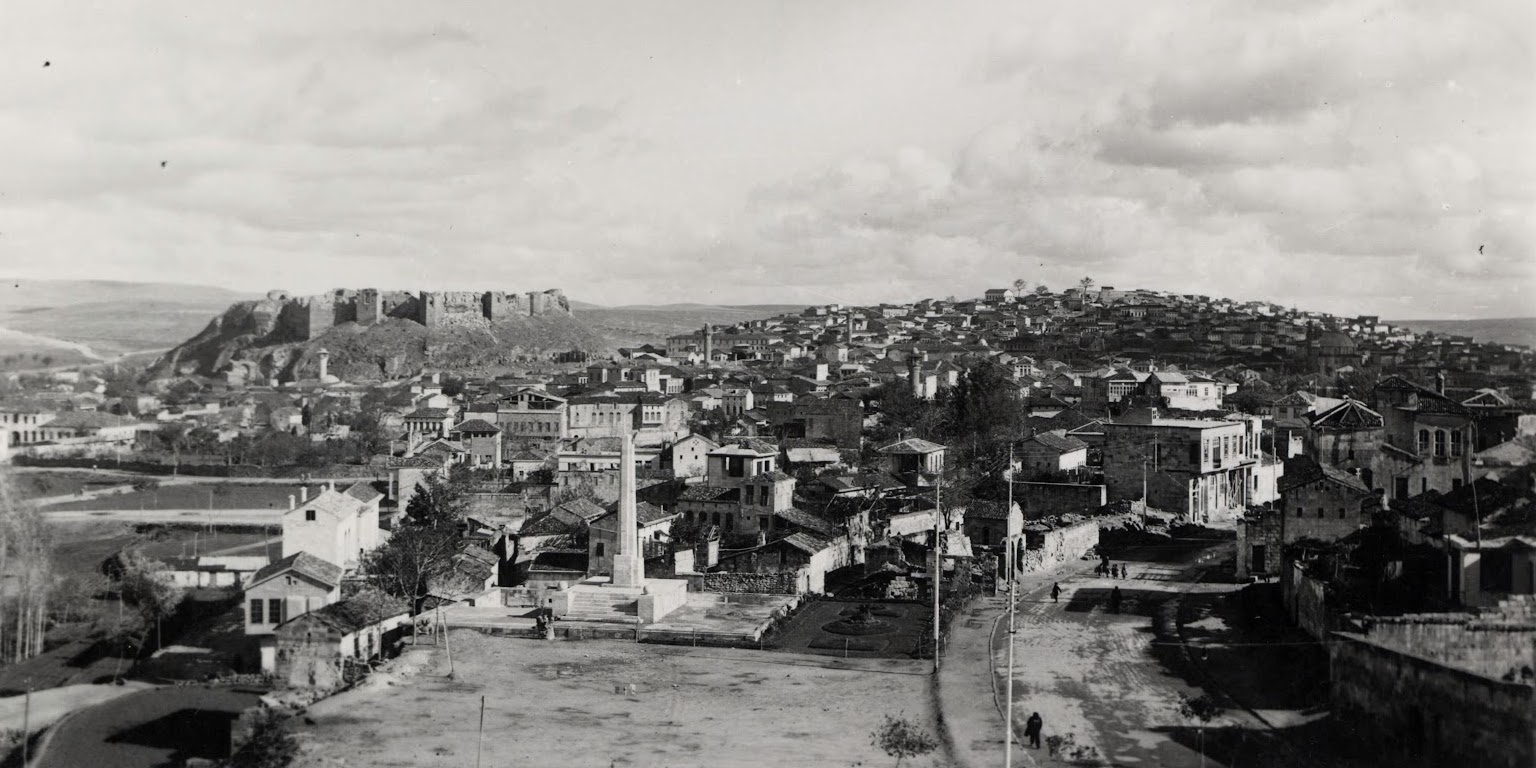Environmental Histories of Slavery
Feed | iTunes | GooglePlay | SoundCloud
The history of slavery is one of the most well-developed topics in the history of the United States. So is environmental history. But rarely have these two fields met. In this podcast, we talk to Tony Perry about his approach to the environmental history of slavery in Maryland, focusing on the realm of material ecology to understand the role of environment in the everyday experiences of enslaved people.
Stream via SoundCloud
Contributor Bios
 |
Tony Perry is a professor in the Carter G. Woodson Institute and Department for African-American and African Studies. He researches the environmental history of slavery in Maryland, specifically enslaved people's relationship to the environment. |
 |
Chris Gratien is Assistant Professor of History at University of Virginia, where he teaches classes on global environmental history and the Middle East. He is currently preparing a monograph about the environmental history of the Cilicia region of the former Ottoman Empire from the 1850s until the 1950s. |
Credits
Release Date: 21 May 2019
Recording Location: University of Virginia
Audio editing by Chris Gratien
Music: Zé Trigueiros
Bibliography courtesy of Tony Perry
Recording Location: University of Virginia
Audio editing by Chris Gratien
Music: Zé Trigueiros
Bibliography courtesy of Tony Perry
Select Bibliography
Stephanie M. H. Camp, Closer to Freedom: Enslaved Women and Everyday Resistance in the Plantation South (Chapel Hill: University of North Carolina Press, 2004).
Judith Carney and Richard Rosomoff, In the Shadow of Slavery: Africa’s Botanical Legacy in the Atlantic World (Berkley and Los Angeles: University of California Press, 2010).
Ywone D. Edwards “‘Trash’ Revisited: A Comparative Approach to Historical Descriptions and Archaeological Analyses of Slave Houses and Yards,” in Keep Your Head to the Sky: Interpreting African American Home Ground, ed. Grey Gundaker (Charlottesville: University Press of Virginia, 1998).
Leland G. Ferguson, Uncommon Ground: Archaeology and Early African America, 1650-1800 (Washington, D.C.: Smithsonian Institution Press, 1992).
Sharla M. Fett, Working Cures: Healing, Health, and Power on Southern Slave Plantations (Chapel Hill: University of North Carolina Press, 2002).
Dianne D. Glave and Mark Stoll, To Love the Wind and the Rain: African Americans and Environmental History (Pittsburgh, PA: University of Pittsburgh Press, 2006).
Walter Johnson, River of Dark Dreams: Slavery and Empire in the Cotton Kingdom (Cambridge: Belknap Press of Harvard University Press, 2013).
Cheryl Janifer LaRoche, The Geography of Resistance: Free Black Communities and the Underground Railroad (Urbana, Chicago, and Springfield: University of Illinois Press, 2014).
Mark P. Leone, The Archaeology of Liberty in an American Capital: Excavations in Annapolis (Berkeley, CA: University of California Press, 2005).
Carolyn Merchant, “Shades of Darkness: Race and Environmental History,” Environmental History 8.3 (2003).
Jennifer L. Morgan, Laboring Women: Reproduction and Gender in New World Slavery (Philadelphia: University of Pennsylvania Press, 2004).
Christopher Morris, “A More Southern Environmental History,” The Journal of Southern History 75.3 (2009).
Tony C. Perry, “In Bondage when Cold was King: The Frigid Terrain of Slavery in Antebellum Maryland,” Slavery & Abolition 38.1 (2017).
Kimberly K. Smith, African American Environmental Thought: Foundations (Lawrence, KS: University Press of Kansas, 2007).
Mart A. Stewart’s ‘What Nature Suffers to Groe’: Life, Labor, and Landscapes on the Georgia Coast, 1680-1920 Reader (Athens, GA: University of Georgia Press, 1996).










Comments
Post a Comment
Due to an overwhelming amount of spam, we no longer read comments submitted to the blog.